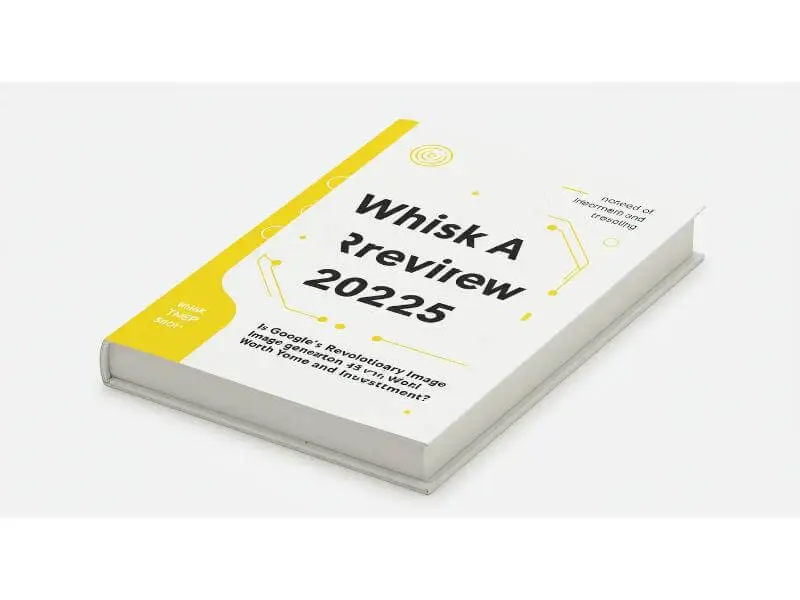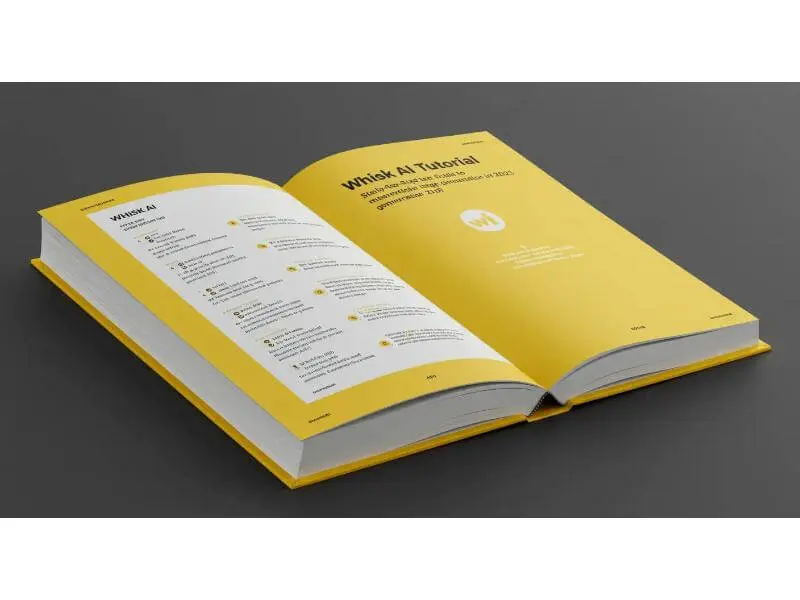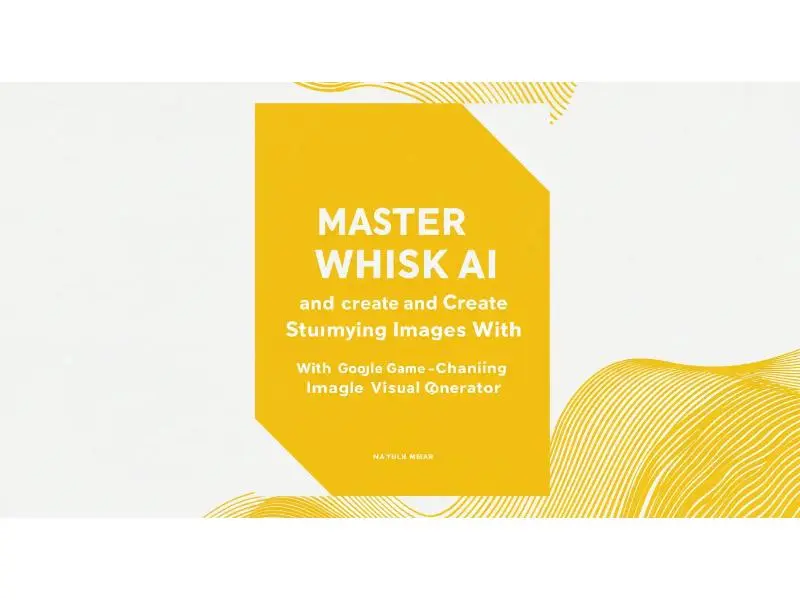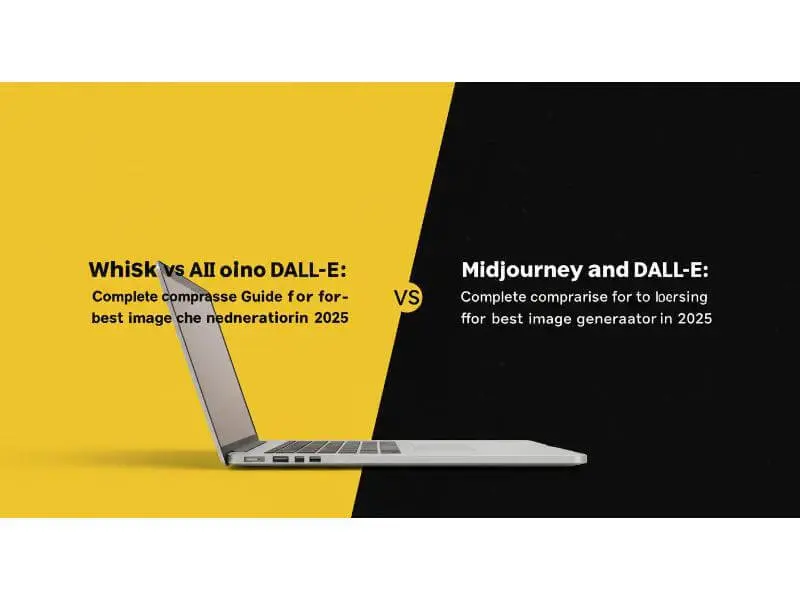Google's entry into the competitive AI image generation market with Whisk AI has created significant buzz among creative professionals, digital artists, and technology enthusiasts worldwide. This comprehensive review examines whether Google's innovative approach to AI image generation lives up to the hype and delivers real value for different types of users.
After extensive testing across various creative scenarios, professional applications, and comparisons with established competitors like Midjourney and DALL-E, we provide an honest assessment of Whisk AI's strengths, limitations, and overall value proposition. Unlike traditional reviews that focus purely on technical specifications, this evaluation considers practical usability, creative potential, professional applicability, and long-term viability for creators at different skill levels.
First Impressions: Interface Design and User Experience
Upon first accessing Whisk AI through Google Labs, users encounter a refreshingly clean and intuitive interface that immediately distinguishes itself from the often complex dashboards of competing platforms.
The minimalist design philosophy prioritizes functionality over flashy visual elements, presenting three clearly defined upload zones that eliminate confusion about the tool's core functionality. Unlike the text-heavy interfaces of traditional AI image generators that can overwhelm newcomers with parameter options and prompt engineering requirements, Whisk AI's visual-first approach feels immediately accessible and welcoming.
The onboarding process is practically non-existent. Users can begin generating images within minutes of accessing the platform without lengthy tutorials or complex setup procedures. However, this simplicity comes with trade-offs, as advanced users might find themselves wanting more granular control options or customization parameters.
The responsive design works seamlessly across desktop and mobile devices, though the image upload process is notably smoother on desktop platforms with larger screens and more precise file management capabilities. Google's integration with their broader ecosystem means that users already logged into Google services can access Whisk AI without additional authentication steps, streamlining the initial experience considerably.
Performance Analysis: Speed, Quality, and Reliability
After conducting extensive testing across hundreds of image generations, Whisk AI demonstrates impressive performance consistency that rivals established competitors in several key areas.
Generation Speed: Typically ranges from 30 to 90 seconds per image, which compares favorably to premium services like Midjourney while being significantly faster than free alternatives.
Image Quality: Shows remarkable coherence in combining the three input elements, with the AI successfully maintaining the essential characteristics of each component while creating harmonious compositions.
Color and Lighting: Color matching and lighting consistency between inputs proves particularly strong, suggesting sophisticated image analysis capabilities that understand visual relationships beyond simple element placement.
However, fine detail reproduction sometimes falls short of the pixel-perfect quality achieved by specialized tools like DALL-E 3, particularly in complex textures or intricate patterns. Reliability testing reveals occasional generation failures during peak usage times, though these instances are relatively rare and typically resolve with retry attempts.
The platform handles various image formats and resolutions competently, though optimal results consistently come from high-quality, well-lit reference images with clear subject definition. Server stability has been generally excellent during our testing period, with minimal downtime or service interruptions affecting the user experience.
Creative Capabilities: What Works and What Doesn't
Whisk AI excels in specific creative applications while showing limitations in others, making it essential to understand its sweet spot for optimal utilization.
Where Whisk AI Excels:
The platform demonstrates exceptional ability in combining realistic photographic elements, successfully merging people, objects, and environments in ways that appear natural and professionally composed. Style transfer capabilities prove particularly impressive, with the AI accurately interpreting and applying artistic techniques from reference images while maintaining subject and scene integrity.
Portrait photography combinations work exceptionally well, allowing users to place subjects in various environments with consistent lighting and perspective. Product visualization represents another strength, with the tool effectively showcasing items in different contexts and aesthetic styles.
Current Limitations:
Abstract or highly stylized compositions sometimes produce inconsistent results, particularly when input images contain conflicting artistic approaches or complex symbolic elements. The AI occasionally struggles with precise object placement or specific compositional requirements that would be easily communicated through detailed text prompts in traditional generators.
Creating images with specific text elements or intricate graphic design requirements proves challenging, as Whisk AI focuses primarily on photographic and artistic image combination rather than graphic design applications. Fantasy and sci-fi imagery generation shows mixed results, working well with realistic base elements but struggling with purely imaginative or impossible subjects.
Comparison with Leading Competitors: Strengths and Weaknesses
When evaluated against established AI image generation platforms, Whisk AI carves out a distinct position. For a more detailed breakdown, read our Whisk AI vs. Midjourney & DALL-E comparison.
Whisk AI vs Midjourney:
Compared to Midjourney's artistic excellence and sophisticated rendering capabilities, Whisk AI offers superior predictability and element control, though it may not match Midjourney's creative flair or artistic sophistication. Whisk AI's visual-first approach makes it more accessible for beginners, while Midjourney remains the choice for users seeking maximum artistic quality and stylistic variety.
Whisk AI vs DALL-E 3:
Against DALL-E 3's impressive text comprehension and detail generation, Whisk AI provides more intuitive visual communication but lacks the granular control possible through detailed text descriptions. DALL-E 3 excels in creating complex scenes from scratch based on elaborate prompts, while Whisk AI shines in combining and remixing existing visual elements with precision and consistency.
Whisk AI vs Stable Diffusion:
Stable Diffusion offers unmatched customization through various models, extensions, and parameters, appealing to technical users who want complete control over the generation process. Whisk AI sacrifices this depth of customization for streamlined usability and consistent results, making it ideal for users who prioritize efficiency over endless tweaking possibilities.
Final Verdict: Who Should Use Whisk AI
After comprehensive testing and evaluation, Whisk AI emerges as a valuable addition to the AI image generation landscape, particularly well-suited for specific user profiles and creative workflows. The platform excels as a tool for creators who work primarily with visual references, need consistent brand imagery, or want to quickly explore variations of existing concepts without mastering prompt engineering.
Professional photographers, designers working with visual mood boards, social media managers requiring consistent aesthetic output, and marketing teams developing visual content campaigns will find Whisk AI's approach particularly beneficial. The tool's accessibility also makes it an excellent entry point for newcomers, who can get started quickly by following our complete Whisk AI tutorial.
However, users seeking maximum artistic control, working on highly abstract projects, or requiring intricate detail work may find traditional text-based generators more suitable for their needs. Whisk AI works best as a complementary tool in a broader creative toolkit rather than a complete replacement for established platforms.
The platform's free access through Google Labs during its experimental phase provides excellent value, making it risk-free to test and evaluate for your specific use cases. As Google continues development and potentially introduces pricing structures, the value proposition may shift, but the current offering represents a compelling option for visual-first creators seeking efficient, predictable AI image generation.



